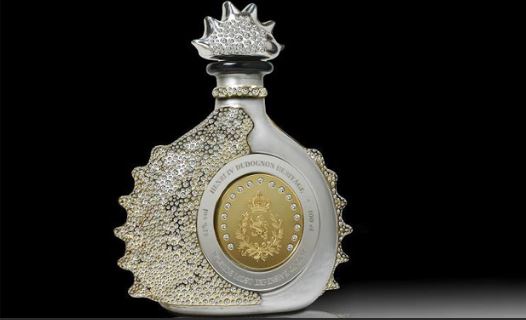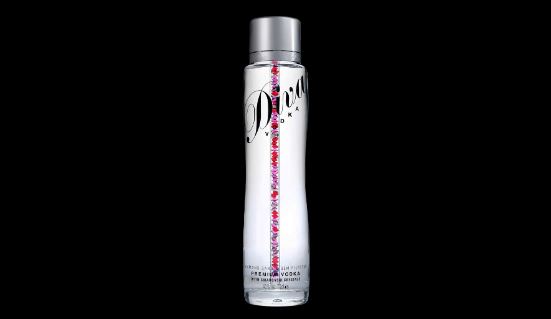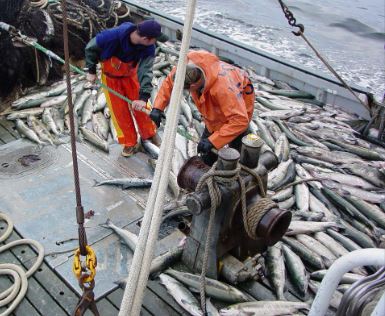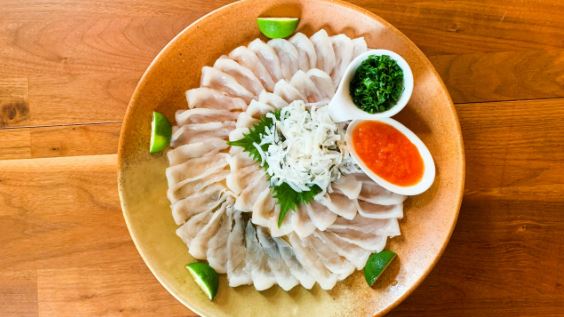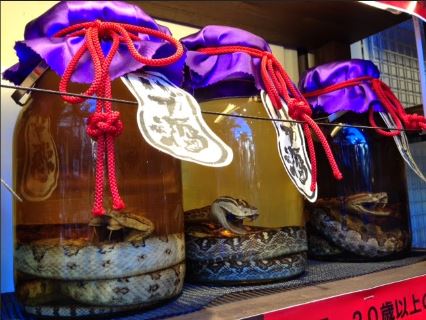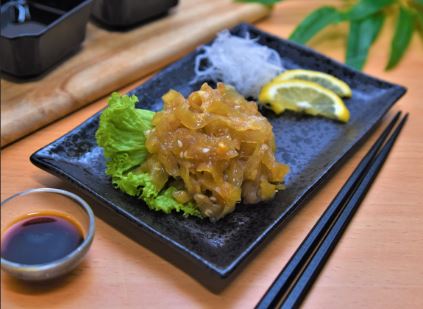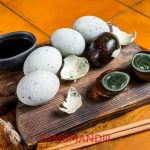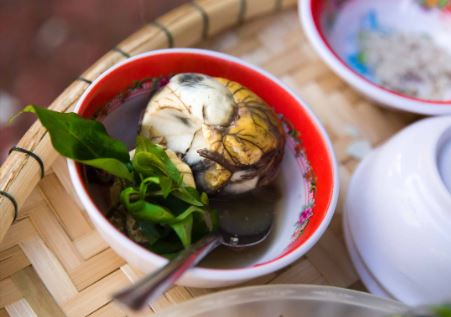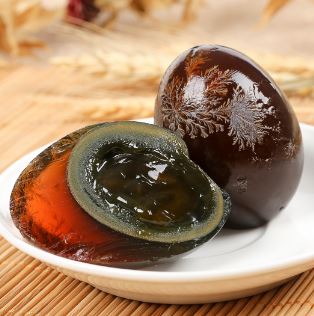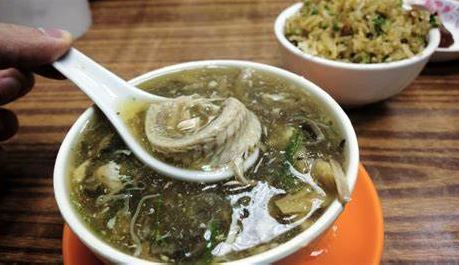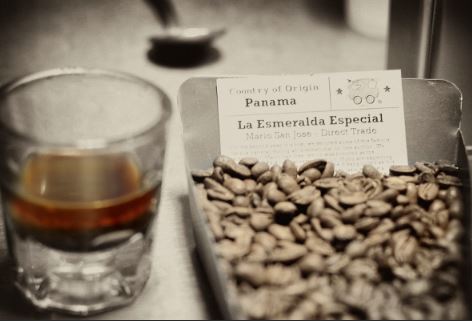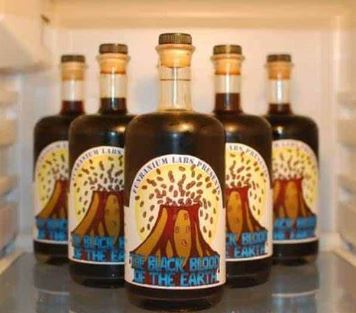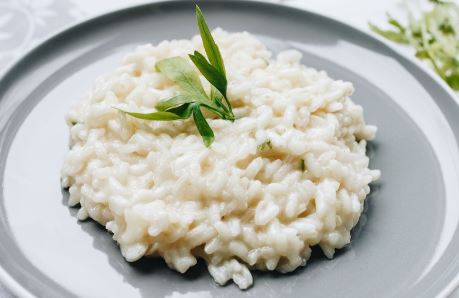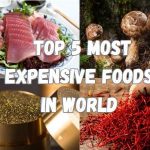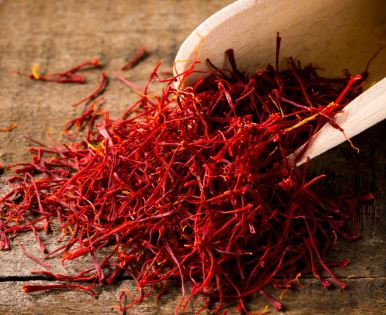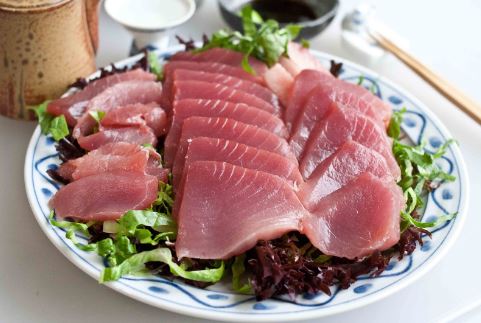1. HongKong – 85.3 Years
Over the previous fifty years, Hong Kong has consistently seen a rise in life expectancy. Hong Kong has had the highest life expectancy in the world since 2010 for both men and women. The most recent World Bank statistics indicates that the life expectancy in Hong Kong is 88 years for women and 82 years for men. What’s the deal with that secret? The National Academy of Medicine has named a commentary by Professors Roger Chung and Sir Michael Marmot of the CUHK Institute of Health Equity (CUHK IHE) as one of the “Top 10 Most Read Perspectives of 2020.”

2. Japan -85.0 Years
Japan has long been considered one of the nations with the longest life expectancy. In Japan, people lived an average of 85 years. The Japanese population has a long lifespan due to a number of causes. Their diet, which frequently consists of fish, vegetables, and green tea and lowers the incidence of heart disease, is one important factor. Furthermore, Japan boasts a robust healthcare system that offers easily accessible, top-notch medical care. Active aging is also encouraged by the Japanese way of life, as evidenced by the large number of elderly people who walk and garden. Emotional health and lifespan may be influenced by social and cultural elements like close family relationships and a feeling of community. It’s crucial to remember that these variables are subject to change, therefore for the most recent data and insights, updated information should be reviewed.

3. Italy – 84 Years
The average life expectancy in Italy is 84 years, which is relatively high. A Mediterranean diet high in fruits, vegetables, and olive oil, together with a public healthcare system, are factors that promote lifespan. It is often the case that Italians live longer due to a combination of lifestyle, genetics, and access to healthcare. Referencing recent data from reputable sources such as national health organizations or the World Health Organization is advised for the most up-to-date information.

4. Singapore – 83.66
Singapore boasts a high life expectancy, averaging around 83 years. Factors contributing to the population’s longevity include a robust healthcare system ensuring widespread access to quality medical services. Singaporeans often lead healthy lifestyles, with emphasis on balanced diets, regular exercise, and low smoking rates. Additionally, the country’s high levels of education and economic prosperity contribute to overall well-being. Government-led public health initiatives further promote healthy living and disease prevention. For the latest information, it is advisable to consult recent data from reliable sources such as the World Bank or Singapore’s health authorities.

5. France – 83.13
The average lifespan in France is approximately 83 years. The well-known Mediterranean diet, which consists of an equal number of fresh fruits, vegetables, olive oil, and lean proteins, is one of the variables that contribute to French longevity. The nation also gains from having a strong healthcare system that makes medical treatments widely accessible. The French way of life places a strong emphasis on social interactions, leisure, and regular exercise. Public health programs also support general wellbeing and the avoidance of disease. Consult recent statistics from reliable sources, such the World Bank or the French health organizations, for the most up-to-date information.

Hence Adopt a healthy lifestyle to perhaps extend your life. Limit processed foods and sugar-filled beverages and instead concentrate on eating a well-balanced diet full of fruits, vegetables, and whole grains. It’s important to get regular exercise; try to get in at least 150 minutes a week of moderate activity. Make getting enough sleep a priority because it’s important for your general health. Utilize social networks and relaxation methods to manage stress. Refrain from smoking and drink in moderation. Frequent check-ups help identify possible problems early on and take appropriate action. Develop constructive thought patterns and continue to be socially and purposefully involved. When combined, these habits can lead to a longer and healthier life.
We heartily request you to contact us regarding the shortcomings you may find while visiting our site. Your feedback will be highly appreciated.












